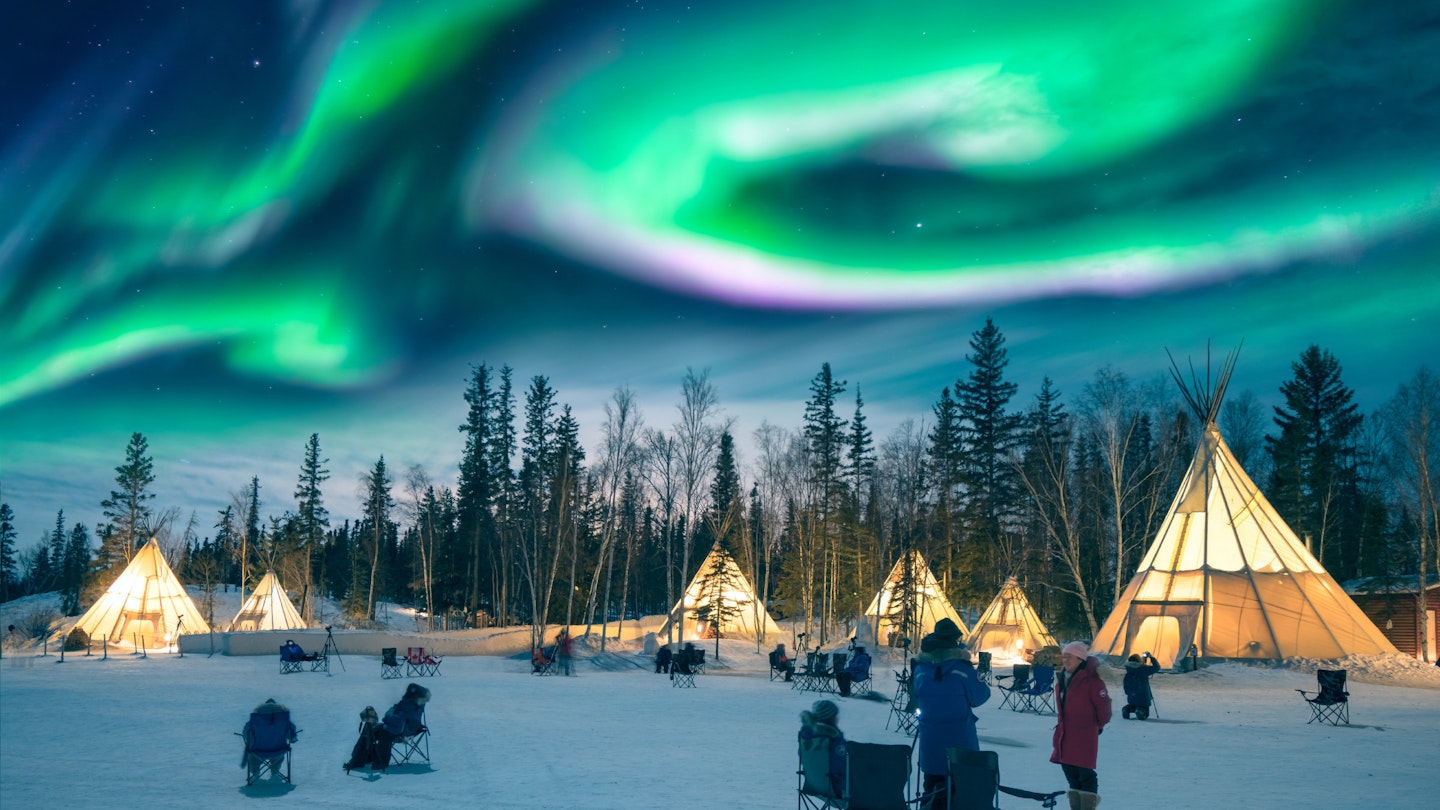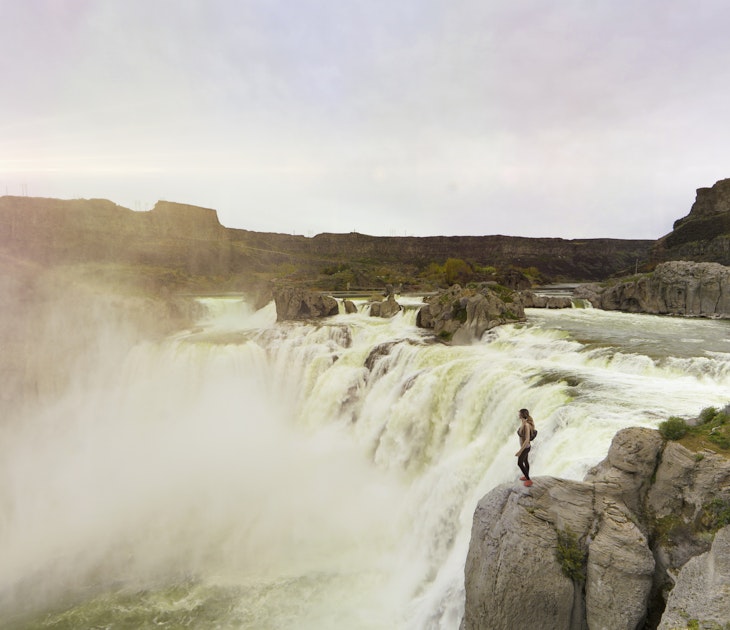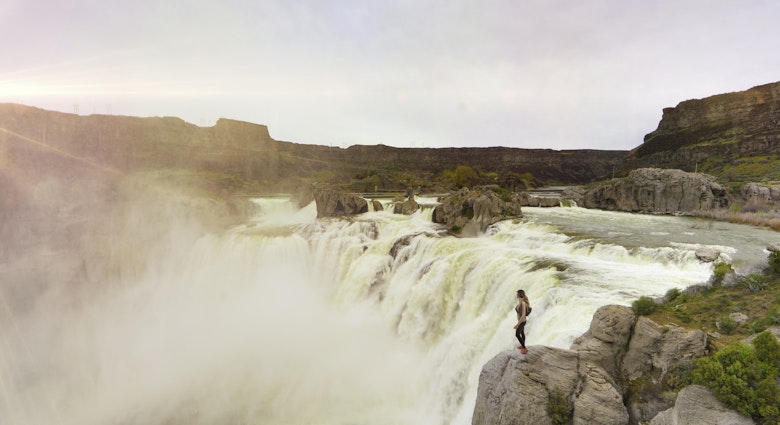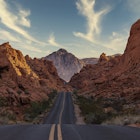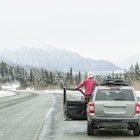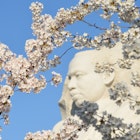Glimpsing the dancing colours of the Northern Lights is such an incredible experience that it’s considered one of the seven natural wonders of the world. But their ephemeral nature means planning a trip to see the lights can be a risky proposition.
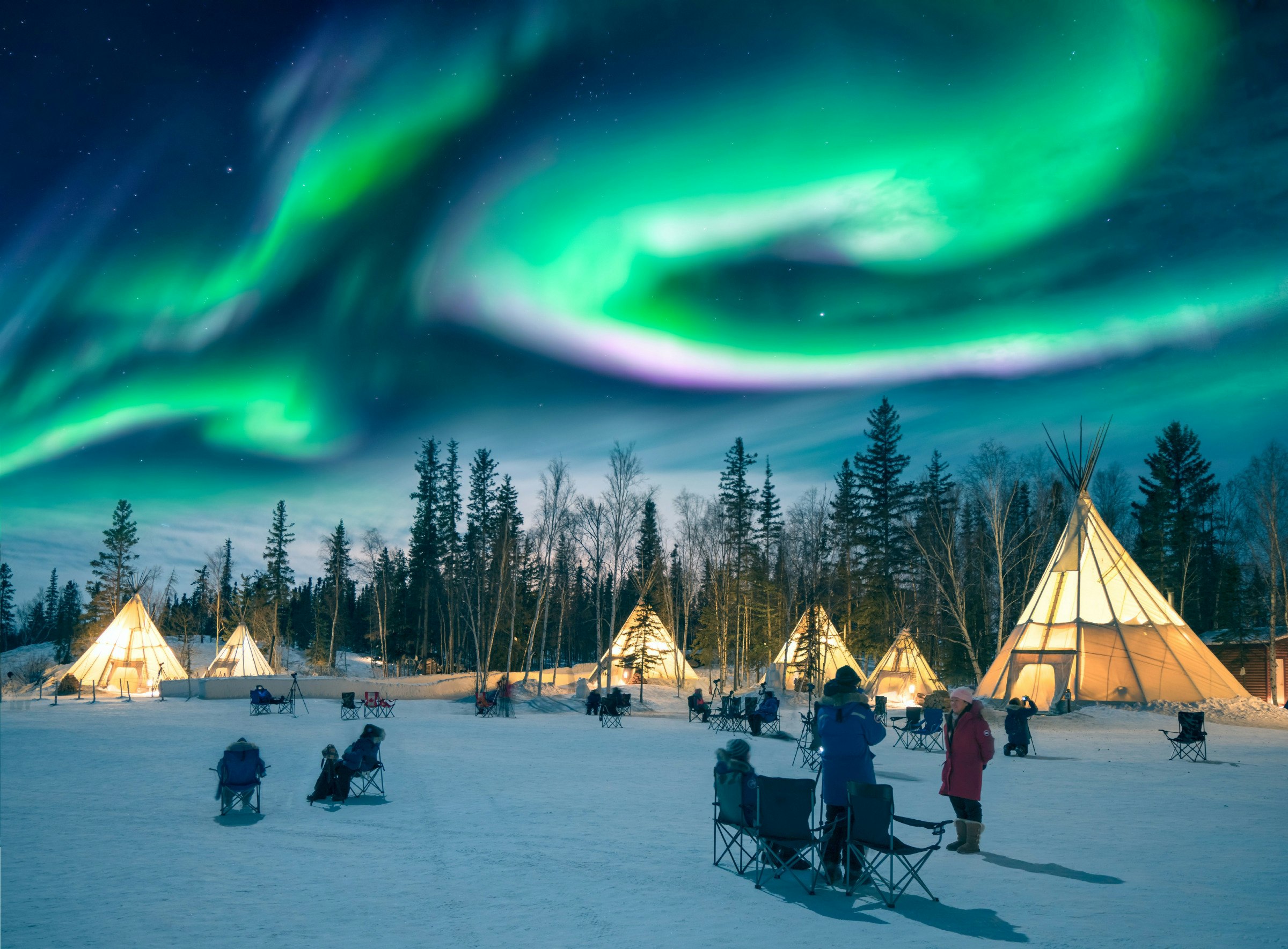
There are a few necessities to a successful trip – you have to head north, particularly in the winter when the nights are long and the skies are dark. But since the auroras are caused by solar winds, you are counting on nature to play along with your travel plans. Unfortunately, after a year of dazzling auroras in the Northern and Southern hemispheres, this year will be only a moderate year for aurora activity, according to Rodney Veireck of the National Oceanic and Atmosphere Administration (NOAA) in the US.
He explained to Lonely Planet that there are two sources of aurora. One is coronal holes that create moderate auroras. The other is Coronal Mass Ejections (CMEs) that can cause severe geomagnetic storms – and much more colour in the sky. Since we are now on the waning side of the 11-year solar cycle, there will be less CMEs and extreme storms, meaning fewer auroras. But there is a bit of silver lining: because the auroras will come from coronal holes, they are more predictable than CMEs, according to Rodney. That means travellers can use a 27-day solar rotation to estimate when the lights will be really visible. NOAA is also here to help, allowing everyone to track where there is aurora currently visible on its website.
Marilia Samara, a research astrophysicist at NASA, also noted that we are heading towards the solar minimum, but told Lonely Planet that this doesn’t mean there will not be good aurora viewing in 2018, but only that it will occur less often. If you’re trying to predict when a CME may occur, she recommends following the website SpaceWeather.com to track solar activity.

While travellers can’t impact the solar activity that causes the Northern Lights, there is plenty of general advice that will greatly increase your chances. The University of Alaska Fairbanks Geophysical Institute previously published a traveller’s guide to the Aurora Borealis, which provides advice on trip-planning to see the lights. It notes that since clear skies are a must, Russia, Alaska and western Canada tend to have the clearest skies, but in the spring, Iceland and Scandinavia are generally clear too. Around the Spring Equinox is generally the best time to travel to the auroral zone, according to the guide. The full guide, which also notes which cities are good bases for seeing the lights, can be found here.
When it comes heading out to see the lights, Marilia encourages travellers to follow the same criteria they would for stargazing, like seeking clear skies and travelling far from light pollution. Since it’s often cold in Northern regions, planning to watch from a shelter can also make things more bearable. She also had some pretty simple advice for travellers on location: “Go to the north (or south), not too far north, stay for two weeks, stay up at night and don’t give up”. Fairbanks, Alaska is a good option for people in the US, according to Marilia, who has been there for research purposes and had good results, even during the last solar minimum in 2009. There are also great spots in Canada, like Yellowknife, while Iceland and Scandinavia are good options for people in Europe.

Though visible in many northern regions, certain destinations have skyrocketed in popularity for those dreaming of seeing Aurora Borealis. Iceland has become a big destination for the lights and even has hotels that provide wake-up calls so guests don’t miss out on the chance to see them. There’s also been a proliferation of glass igloo hotels around northern regions where guests can stay away from the cold while sleeping under the stars – and hopefully – the lights.
While the Northern Lights grab most of the attention, there is a chance to check out their southern sister, Aurora Australis. The Southern Lights are the same in concept, but since there is less landmass in the far southern hemisphere, generally there are fewer places for viewing. But, Australia and New Zealand had great years in 2017 for aurora watchers and there will be more opportunities in 2018. Dr. Ian Griffin, director of the Otago Museum in Dunedin, New Zealand, is organizing a second charter flight that will take travellers to see the Southern Lights on 22 March.
https://twitter.com/iangriffin/status/942550234151796736
Lonely Planet also has some practical advice for anyone chasing the Northern Lights.

